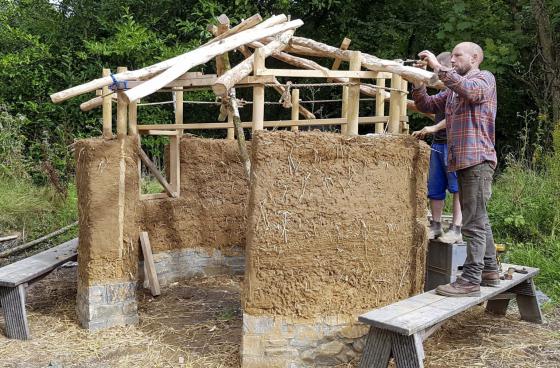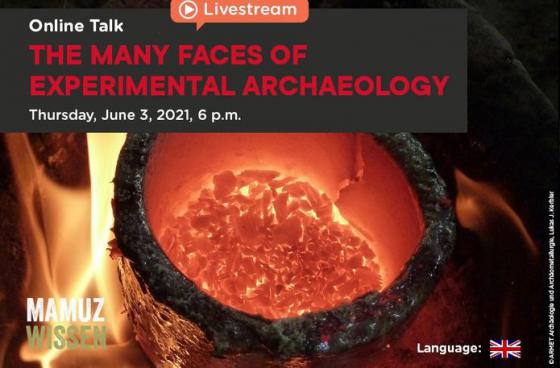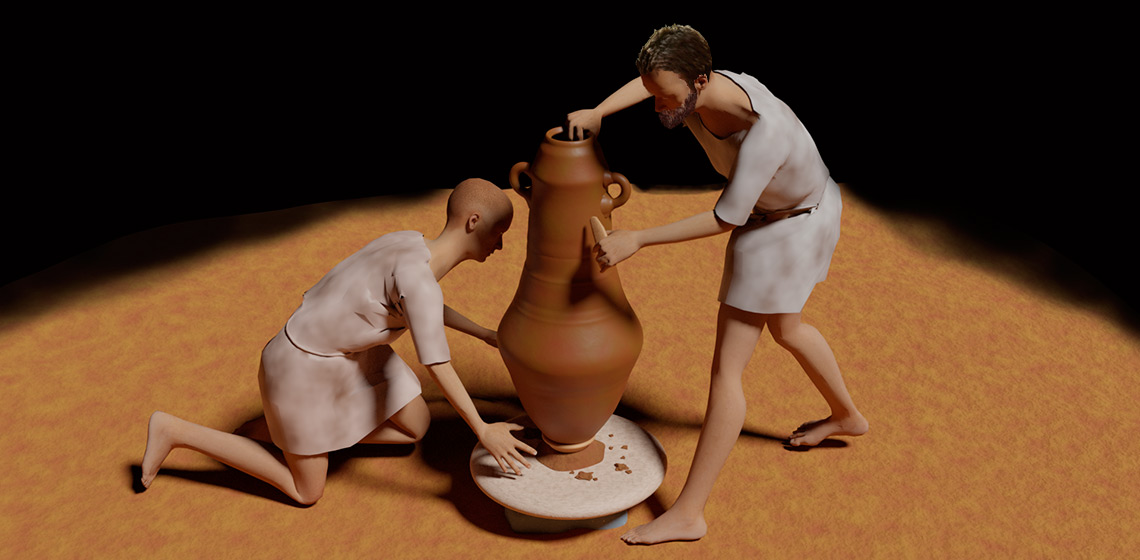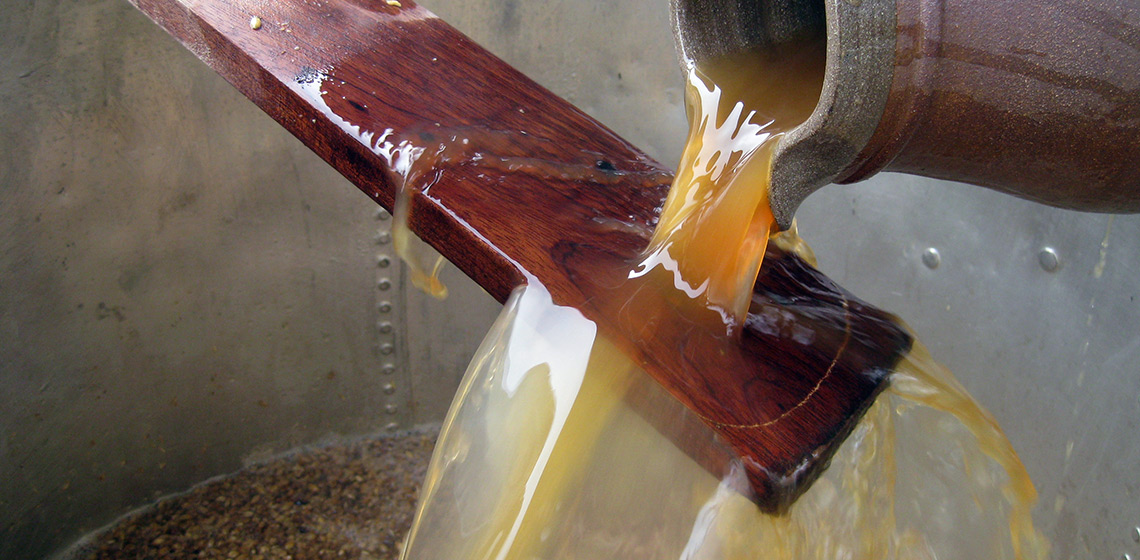South West Bushcraft & Outdoor Show
2021 sees the first South West Bushcraft & Outdoor Show!
Promoting traditional crafts, primitive skills and bushcraft. Journey back in time by visiting our Anglo Saxon woodland farmstead, where you can witness and try your hand at an array of different traditional skills and crafts to understand how our ancestor's lived off the land.










